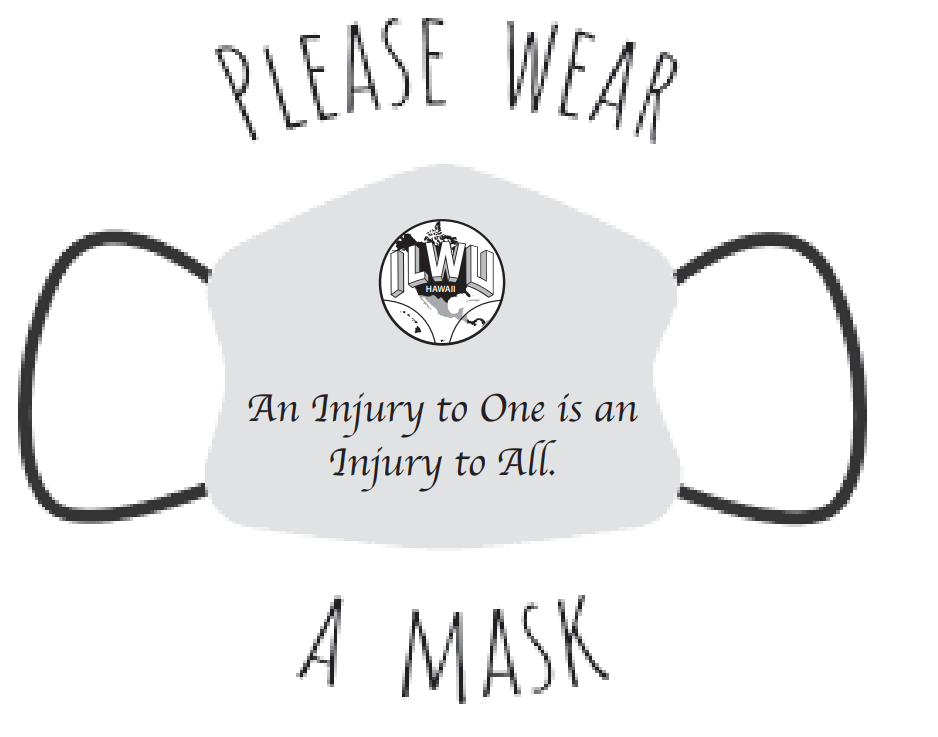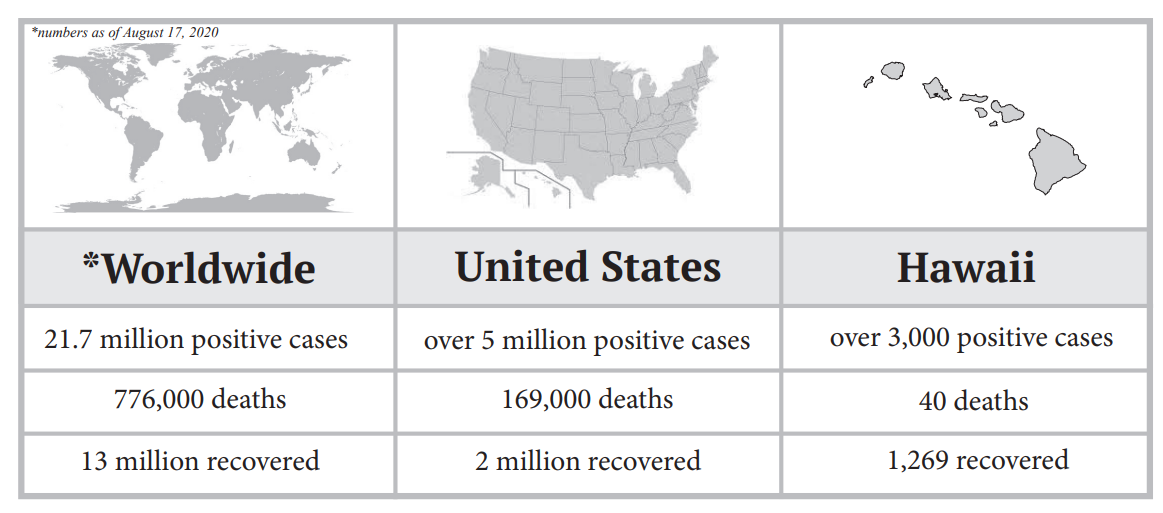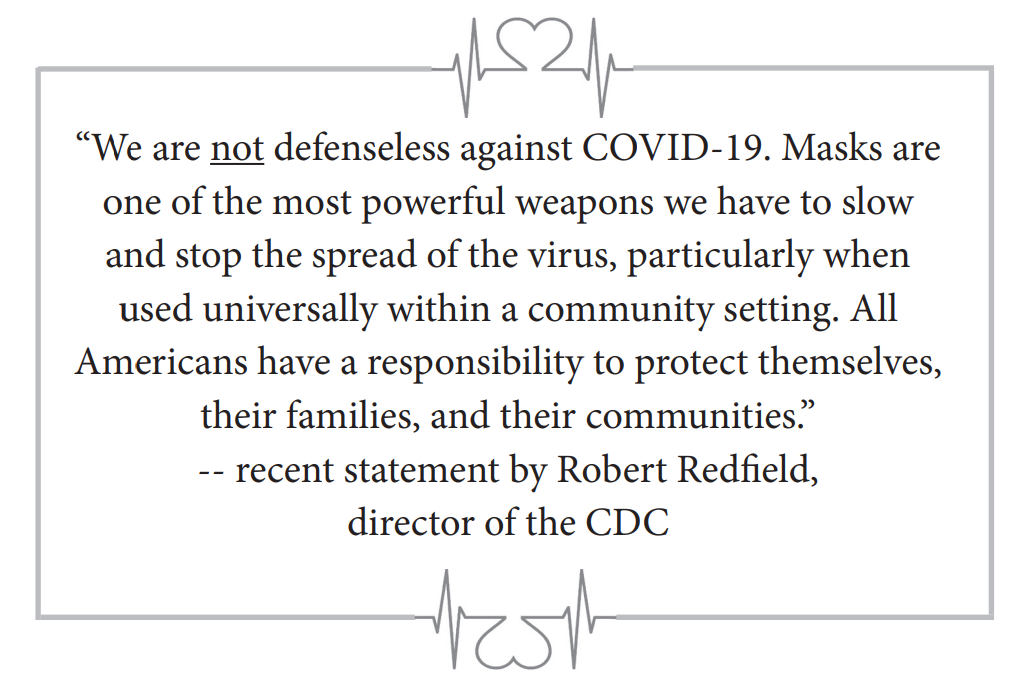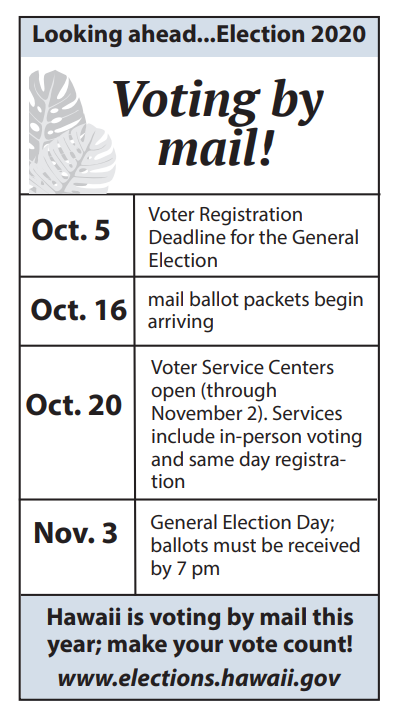COVID-19, the illness produced by the novel coronavirus is showing no signs of slowing down in Hawaii and across the world. Even though more testing would logically lead to a higher number of cases, the rate relative to those proportions is still steadily climbing. Until a viable vaccine comes along, face masks, along with physical distancing, remain the most effective tools we have for reducing spread of the virus.
Editor’s note: the information in this section is based off of data shared in a webinar Kaiser Permanente held on August 6, 2020. Over 20,000 people have attended these seminars they have held since March, and the information they discussed was based off of most recent research and most frequently raised concerns. Please note that COVID-19 is a new phenmenon and information is always changing.


Show aloha: wear a mask!
One of the advantages Hawaii has in terms of fighting the coronavirus is that it is easy for us to open our windows any time of the year; studies show that increasing natural ventilation helps because outside air is safer. Microdrops hang in the air, so opening a window decreases the amount of aerosolized drops in a room.
Another big advantage Hawaii has is the values of our people -- it is easier to feel our interconnectedness on an island and this connection we feel with others at its best is the aloha spirit. Wearing a mask protects yourself and others. Please read on for the latest information on face masks to keep yourself and others safe.

Did you know?
33,000 deaths could be avoided by October 1st, if 95% of people wore masks in public.
Single-layer mask vs. multi-layer mask: Having a single-layer mask is eff ective 5%-80% of the time. A multi-layer mask that utilizes a hybrid of diff erent types of fabric is eff ective more than 80% of the time.
What does “effective” mean? “Effective” means not having your respiratory droplets going into the atmosphere.
Best fit: Your face mask is most effective when worn properly; it should fi t snugly against your face, covering the chin, mouth, and bridge of the nose. If it’s under the nose, it doesn’t matter because you’re still exhaling droplets. Keep in mind that a poorly-fitting mask loses about 60% of the mask’s filtration capacity.


How often should I wash my mask? Cloth face masks need to be washed aft er every extended period of use, so invest in more than one to rotate between washing. Use hot water and dry in the sun or your dryer.
